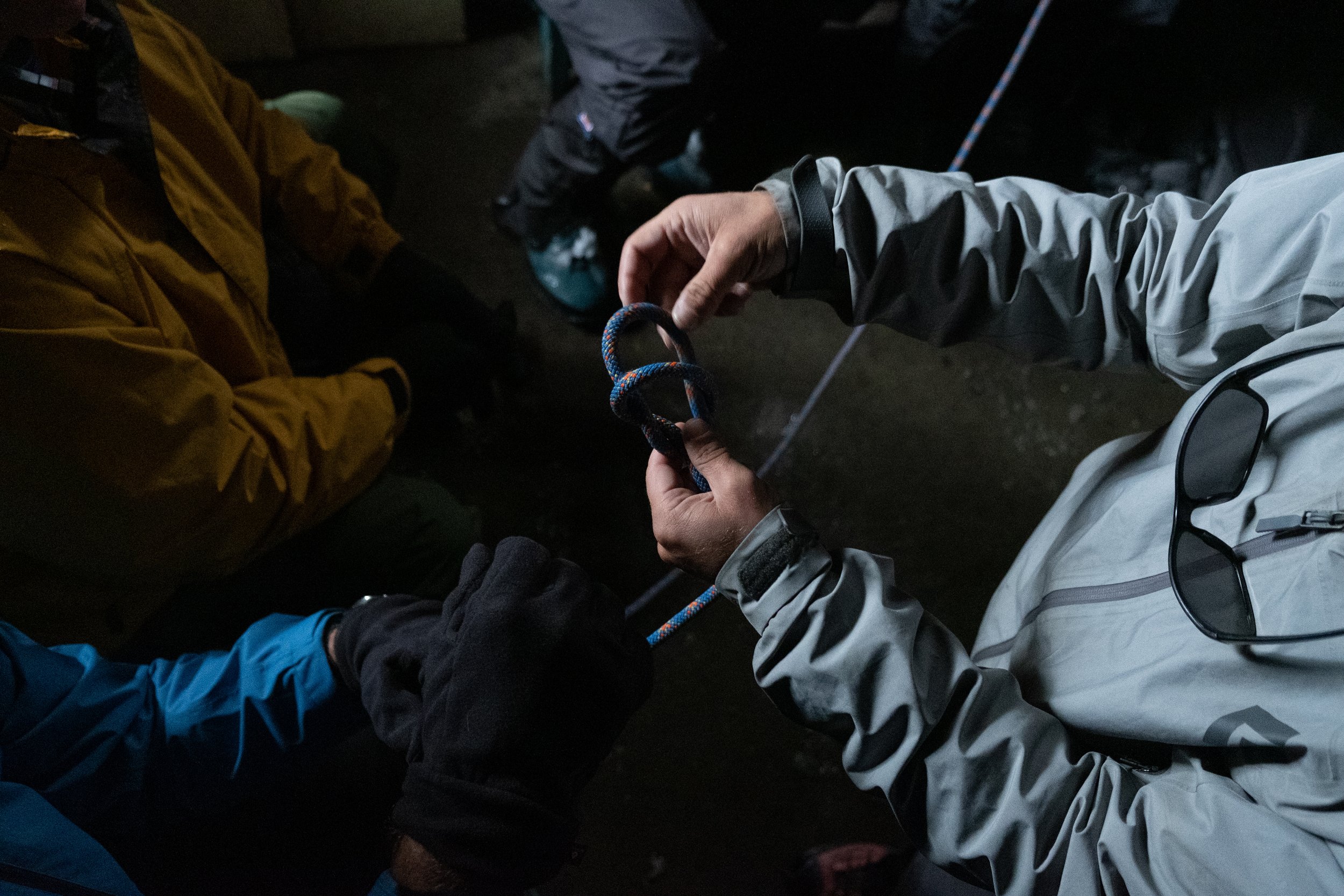
FAQ
Have a question? Check here for the answers to the most commonly asked questions.
-
Shasta Mountain Guides is the oldest and only local Mt. Shasta guide service. For over 40 years we have been leading the highest quality summit climbs, ski trips, and seminars on the mountain. We achieve this through smaller climb teams with the lowest guide to climber ratio on the mountain. We focus on every detail of your climb and every aspect will be well planned. Our guides are highly trained professionals and we make your safety and goals our first priority. As the chosen outfitter for countless organizations including BCPP, SheJumps, REI Adventures, Overland Expeditions, we have been featured in numerous publications including Outside Magazine, National Geographic, Men’s Journal, Forbes, and others.
-
As a Cascade Volcano in far Northern California, Mt. Shasta receives over 500″ of snow annually and extended periods of high pressure in spring and summer. This is optimal for safe and efficient mountaineering and we generally recommend April-September for best conditions.
Winter weather can be quite fierce and severe with potential avalanche hazard above tree line making a climb of anything other than a ridge potentially dangerous. Autumn brings short, cold days and nearly all of the climbing routes are in very poor condition.
More than 2 days before a trip it is impossible for us to predict what the weather will be like on a given day. Weather can and does change rapidly and day and night time temperatures vary depending on time of year and elevation. Come prepared with everything on the clothing and equipment list.
-
If you are new to mountaineering, the 3 day Avalanche Gulch or our 4-day Glacier I Intro to Mountaineering are best. The 3 and 4-day Avalanche Gulch and our 4-day Glacier 1 course are best for new climbers and those looking for the greatest opportunity to reach the summit. Previous experience is required to join our 2-day Avalanche Gulch climbs or 3-day North Side climbs.
The West Face is slightly more challenging than Avalanche Gulch, but can still be suitable for fit and athletic new climbers looking for a scenic and less crowded alternative.
For experienced climbers, the Glacier routes on the north side are a great challenge. These are best June – September and may be more steep and technical compared to the south side climbs. The Hotlum-Bolam and Hotlum-Wintun are steeper, on glaciated terrain, which will add to the effort. This is a great option for experienced climbers or those wanting advanced skills and more remote routes.
Clear Creek, on the East Side, is a late season alternative to Avalanche Gulch. Although it is technically less difficult than Avalanche Gulch, and is considered the “easiest” route on Shasta, it climbs from a lower elevation trailhead and involves tough travel over loose scree and talus. As such, most consider it to be more physically difficult than other snow-covered routes.
-
Mountaineering is an extremely demanding sport by nature. We carry loaded backpacks to basecamp over rough trails, snowfields, loose scree, and ice. The climbing is long and sustained on steep, exposed slopes. The high altitude, changing weather, and terrain all demand proper preparation to hope for success.
Summits are never guaranteed and to best increase your odds of success requires committed training and preparation. All of our trips are physically strenuous; however, many people from diverse age groups and backgrounds climb to the summit every year.
To get the most out of your climb, we recommend that you start a training regimen several months prior to your trip.
Not all who attempt will reach the summit, to best increase your odds of success, proper training 3-5 days per week 4 to 6 months in advance is generally recommended.
-
Expect to carry a 40-45 lb pack on the approach to base camp. On climb day, your pack will weigh approximately 15-20 lbs. Any extra gear will remain at camp. It is not recommended or necessary to bring an additional summit pack.
-
For safety and group comfort we utilize a maximum 3:1 climber to guide ratio. The more technical trips and routes we use a 2:1 ratio. Our group size limit is generally 6 climbers and 3 guides, which is lower than the limit required by the USFS. Typically our groups are even smaller and we may have an even lower ratio. This is a great advantage and makes for a better experience for both the climbers and guides.
-
Shasta Mountain Guides will provide breakfasts and dinners during your climb.
We do not provide lunch and snacks, so bring plenty of your favorites for the hike to basecamp, climb day, and rest breaks. Lunch is more of an all-day affair, rather than sitting down to actually prepare something. We say that lunch starts right after breakfast and ends just before dinner. We recommend bringing snack foods you know you like and have used on similar adventures. These should be packable and in easy to consume portions. Often at altitude our appetites decrease so it is important that your food is palatable. A selection of protein, carbs, fats, salts, and sweets should be considered. Try to vary your snacks to accommodate your high altitude lack of appetite. Bagels, cheese, jerky, gorp, chocolate, nuts, Clif Bars and energy gels are all good choices.
-
Our best technique for a safe climb and to minimize this possibility is through low climber to guide ratios and our trips are the lowest on Mt. Shasta at 2:1.
Mountaineering is a team-oriented sport that encompasses much more than simply climbing to the summit of an objective peak. With Shasta Mountain Guides you will meet new people, learn new skills, be pushed physically and mentally, enjoy aesthetic views and delicious mountain cuisine, and make a summit attempt.
We understand that reaching the summit is of the highest priority for most climbers, and our guides make every attempt to do so safely; however, due to unpredictable changes in weather and route conditions a summit is never guaranteed. In the event that a team member needs to turn around, one guide will accompany that climber down so the rest of the team can climb on.
Often, we have multiple groups and guides on the mountain. Our guides work closely with one another to maximize the climber's opportunity to reach the summit. It is rare that we have to turn an entire team around; your guides will brief the group prior to the summit climb.
-
Mountain Guiding is very much a service-driven industry; the guides take pride in their profession and work hard to provide safe and fun adventures on Mt. Shasta. Consider as you would in a restaurant or other service industry and plan for 10-20% of the trip fee.
-
The deposit is non-refundable. For reservations paid in excess of the deposit, cancellations received at least 30 days prior to trip departure will receive a refund or credit minus deposit. No refund or credit will be issued for cancellations received 0 to 29 days prior to trip departure, or in the event of no-shows.
We seldom, if ever, cancel a trip for reasons within our control, but if we find it necessary to do so, we will refund all deposits and fees paid to us. If Shasta Mountain Guides determines, in its sole discretion, it must cancel before or during a trip because of a condition beyond its control (force majeure or Act of God – including but not limited to natural disaster such as earthquake, volcanic eruption, wildfire, flood, pandemic, civil unrest or conflict, government shutdowns, etc.), no refunds or credits will be issued.
We sometimes need to change the planned route for climbing, skiing, etc. This decision will be based on a number of factors, including weather, ground conditions, and safety. Although we attempt to select the final route during the week of the trip, a route change decision is at our professional discretion and can be made on the start date of, or anytime during, the actual trip. If we select an alternate route, no refund or credit will be given.
Shasta Mountain Guides is not liable for incidental, special or consequential damages for any reason (including airfare, lodging, meals and/or other travel expenses due to changes in route or cancellation of a trip, for which trip cancellation insurance may be available to you). Our total liability shall not exceed the total amount of fees you have paid to us for services. We highly recommend that you purchase travel insurance
